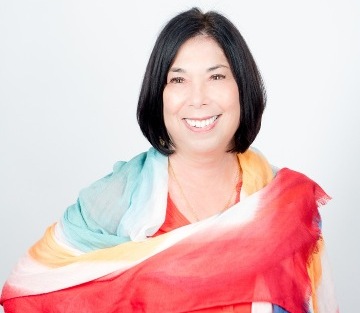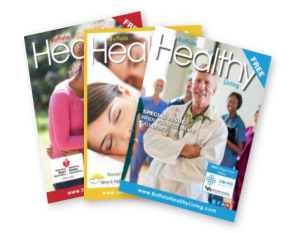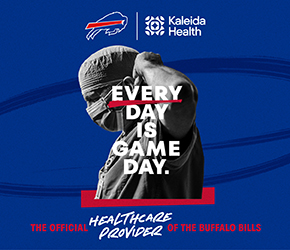Feeling the Sunny Day Blues? Reverse SAD Might Be the Cause

By Annette Pinder
The Sunny Day Blues is also known as summer-pattern Seasonal Affective Disorder (SAD), reverse SAD, sunshine guilt, and related phenomena. According to Time magazine and expert Dr. Norman Rosenthal, approximately 3.3 million Americans experience reverse SAD, or Sunny Day Blues, each summer. In contrast, the winter form of SAD affects about 16 million Americans.
Harvard Health explains that reverse SAD is triggered by excessive sunlight and heat, which disrupt circadian rhythms and cause insomnia, agitation, low energy, loss of appetite, and feelings of hopelessness despite bright days. Another aspect of reverse SAD is the phenomenon of “sunshine guilt” — feeling anxious or guilty for not being outdoors on a sunny day due to social pressures, fear of missing out, or productivity expectations, especially amplified through social media. Extreme heat can also disrupt routines, impair sleep, and drain motivation, all of which negatively affect mood and exacerbate feelings of low energy on sunny days.
If you are affected by reverse SAD, the following strategies may help.
- Seek Cool, Comfortable Spaces: Since excessive heat and sunlight are primary triggers, spend time in air-conditioned environments or use fans to keep a cooler body temperature.
- Establish a Consistent Sleep Routine: Use blackout curtains, eye masks, or a white noise machine to create a dark, quiet, and calming sleep environment. Setting a regular bedtime and wake-up time can help regulate your circadian rhythms.
- Limit Sun Exposure: Practice sun safety by wearing sunglasses, light layers, and wide-brimmed hats when outdoors. Avoid midday outings and choose early mornings or evenings when sunlight is less intense.
- Prioritize hydration and nutrition: Choose smaller, nutrient-rich meals and drink plenty of water to stay hydrated — both vital for mood regulation.
- Engage in gentle physical activity: Do indoor exercises like yoga, stretching, swimming, or walking in climate-controlled spaces to boost your mood and energy.
- Challenge “Sunshine Guilt” with Self-Compassion: Allow yourself to rest indoors on bright days without guilt. Practice Cognitive Behavioral Techniques (CBT): With a therapist experienced in mood disorders, CBT can help refer to a psychiatrist.
- Light Therapy: While light therapy is standard for winter SAD, for summer-pattern SAD, the focus is on reducing light exposure and managing heat instead of increasing it.
- Plan Indoor Enjoyment: Engage in hobbies or creative pursuits inside — such as reading, art, games, or connecting with friends in cool settings — to maintain a sense of joy without the pressure of being outdoors.
- Seek Professional Help. Seeing a therapist, especially one experienced in mood disorders, can help those dealing with reverse SAD. Cognitive Behavioral Therapy (CBT) is especially recommended, providing techniques to challenge negative thought patterns and cope with feelings like “sunshine guilt.” A mental health professional can also help determine if medication or other treatments are necessary and provide support tailored to your specific symptoms and needs.
If you’re struggling with summer SAD, know that seeking support and making small, consistent changes can make a meaningful difference in your mood and quality of life.











